The Evolution of Art in the Age of Technology
Technological advances are driving the evolution of art, merging traditional techniques with digital innovations. This dynamic shift yields a new, enriched landscape for artistic expression.
From Traditional Techniques to Digital Mastery
Artists have long drawn upon traditional methods such as:
- painting
- sculpture
- drawing
Today, software like Adobe Photoshop and Corel Painter enables artists to create digital masterpieces from scratch.
Digital tablets with pressure-sensitive styluses offer the tactile feel of traditional media while providing the flexibility of undoing mistakes instantly. These tools blend the old with the new, allowing artists to push the bounds of their craft.
3D printing further exemplifies this transformation. Artists can now design intricate structures on a computer and bring them to life using 3D printers.
This technology enables the creation of complex geometric forms that would be impossible or extremely time-consuming to craft manually.
Key Innovations That Transformed the Art Scene
Several innovations have transformed the modern art landscape:
- Virtual Reality (VR): VR allows artists to create immersive experiences, inviting viewers to step inside virtual realms. Artists can build entire worlds that users can explore through VR headsets.
- Augmented Reality (AR): AR integrates digital content with the real world. Artists harness AR to overlay interactive elements onto physical pieces, enhancing the viewer’s experience. For example, a painting might reveal hidden details when viewed through a smartphone app.
- Blockchain Technology: Blockchain ensures the provenance and authenticity of digital art. Using NFTs (Non-Fungible Tokens), artists can sell unique digital works, knowing each piece’s ownership is verifiable and immutable.
- Artificial Intelligence (AI): AI generates art autonomously or collaborates with human artists. AI-driven tools like DeepArt and Google’s DeepDream use algorithms to create pieces inspired by existing styles or entirely new forms.
- Social Media Platforms: Platforms like Instagram, TikTok, and DeviantArt provide artists with global exposure. These virtual galleries let artists share their work, gain followers, and even sell pieces directly to their audience.
Each innovation reshapes how artists create, share, and monetize their work. The age of technology empowers artists with unprecedented tools, widening the scope of modern art.
Exploring the Role of Digital Tools in Art Creation
Digital tools have transformed how artists create, offering new possibilities and precision.
Software and Applications for Artists
Numerous software applications have gained popularity among artists. Adobe Photoshop remains a staple for digital painting, photo manipulation, and graphic design.
Corel Painter mimics traditional painting techniques, offering an authentic experience. Autodesk Maya and Blender cater to 3D modeling and animation, allowing artists to create intricate, lifelike models.
Procreate on iPad provides a robust platform for sketching, drawing, and illustrating on the go. These applications support various file formats and enable extensive customization, enhancing workflow efficiency.
Hardware Advancements Impacting Artists
Hardware advancements have significantly influenced art creation.
- Digital tablets, like Wacom and Huion, provide artists with precision, translating pen strokes into digital format seamlessly.
- VR headsets, such as Oculus Rift and HTC Vive, offer immersive environments for creating 3D art.
- High-resolution monitors deliver accurate color representation, essential for digital art.
- 3D printers turn digital models into physical objects, bridging the gap between digital and traditional mediums.
- Advanced cameras enable high-resolution photography, contributing to more detailed digital artwork.
Digital tools continue to support artistic exploration and innovation, reshaping traditional boundaries.
The Intersection of Technology and Artistic Expression

Technology revolutionizes artistic expression by offering new tools and mediums for creativity.
How Tech Influences Creativity and Style
Digital tools provide artists with a broader palette. Programs like Adobe Photoshop and Procreate allow precise control over colors and textures, enhancing the creative process.
For instance, digital brushes mimic traditional painting tools, giving artists the flexibility to blend digital and classic styles. Virtual reality (VR) technology immerses artists in their workspaces, enabling 3D sculpting and virtual exhibitions.
By using VR, artists create interactive installations that engage audiences in innovative ways. Moreover, AI-driven algorithms analyze stylistic patterns, helping artists generate novel compositions. These advancements foster unique styles and broaden creative horizons.
Examples of Tech-Driven Art Forms and Artists
Several tech-enhanced art forms have emerged. Digital painting, pioneered by artists like David Hockney, redefines traditional visual art. Hockney’s iPad creations exemplify how technology transforms classic techniques.
3D printing enables sculptors like Joshua Harker to produce intricate, precise models that traditional methods can’t replicate. Harker’s elaborate designs showcase the potential of combining art with engineering.
Augmented reality (AR) art, popularized by artists such as Christian Marclay, overlays digital content on physical spaces, merging reality with virtual elements. Marclay’s “The Clock” leverages AR to craft engaging, time-based experiences. These instances reflect the diverse, evolving landscape of tech-driven art.
Criticisms and Challenges of Technology in Art
Technology’s integration into art isn’t without its drawbacks. Below, I explore key issues artists face.
Authenticity Issues
Authenticity becomes a concern when technology enters art. Digital tools enable easy replication, leading to questions about originality. Platforms like NFTs try to address this, but debate continues.
For example, digital artworks can be copied endlessly, making it hard to discern the original from replicas. This dilutes the perceived value of genuine pieces.
The Digital Divide in the Art Community
The digital divide affects artists’ access to technology. Not all artists can afford advanced tools like VR headsets or 3D printers, creating inequality.
Economic barriers and access disparities mean only well-resourced artists can leverage these technologies fully. For instance, emerging artists might struggle to invest in expensive software, limiting their opportunities to compete in a tech-driven art market. This gap affects diversity and inclusiveness in modern art.
The optimized section now addresses authenticity and the digital divide, integrating technology’s impacts while maintaining the article’s cohesive flow.
The Future of Art and Technology
Technology continues to shape the future of art in groundbreaking ways. As digital tools evolve, artists find new opportunities for innovation and expression.
Emerging Trends and Predictions
Several emerging trends predict the future trajectory of art and technology. Artificial Intelligence (AI) gains prominence in creating unique art pieces.
For example, AI-generated artworks by systems like GANs (Generative Adversarial Networks) have set auction records, showing technological potential as a creative collaborator.
Blockchain technology revolutionizes art ownership and authenticity verification through NFTs (Non-Fungible Tokens), offering digital art the same prestige as traditional forms.
Virtual reality (VR) and augmented reality (AR) developments enhance immersive art experiences, allowing audiences worldwide to engage with interactive exhibitions.
Educating the Next Generation of Artists
Preparations for the future of art must focus on education. Schools and institutions are incorporating digital art programs that teach essential skills like coding, digital painting, and 3D modeling. Workshop programs led by industry professionals give students practical experience with emerging technologies.
Collaborations between tech companies and art schools enhance knowledge transfer, ensuring students keep pace with rapid tech advancements. Educators must also address the digital divide by providing equal access to advanced tools and resources, ensuring all aspiring artists have the support they need to thrive in the tech-driven art world.





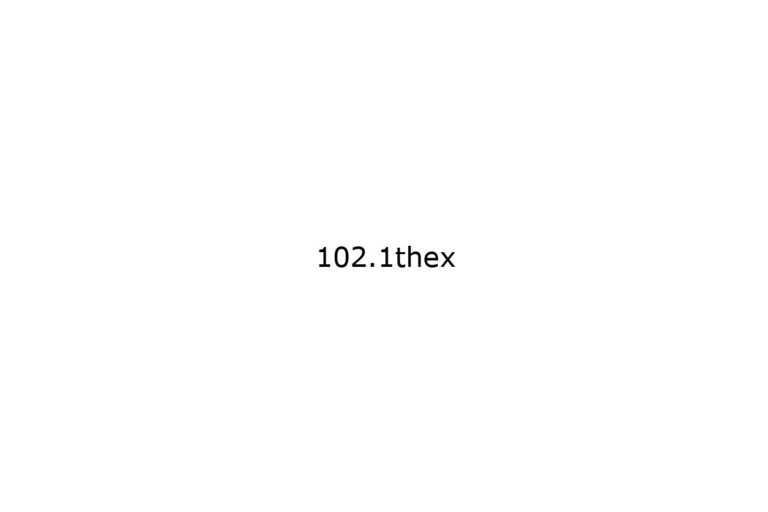

































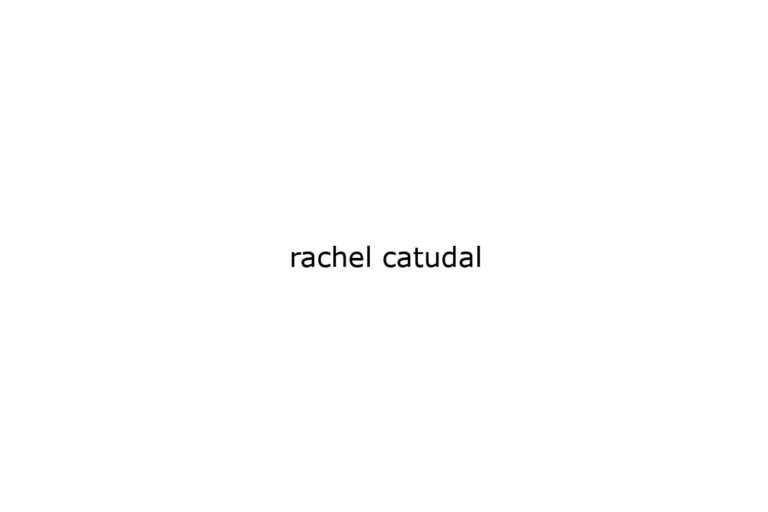



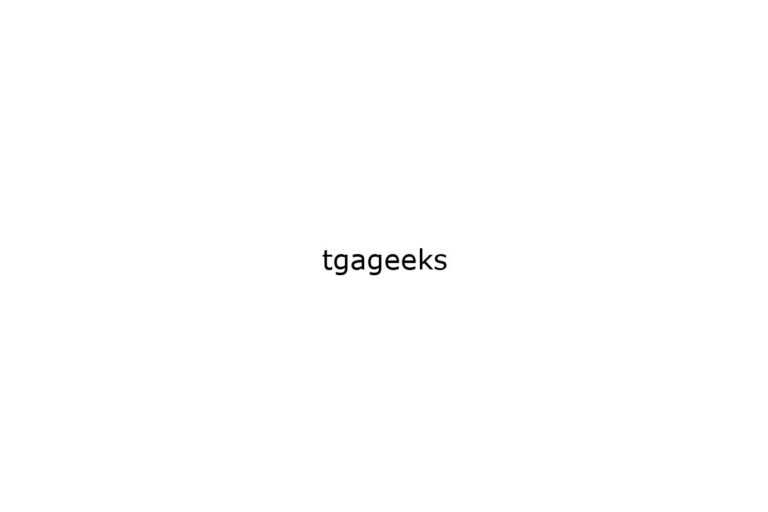


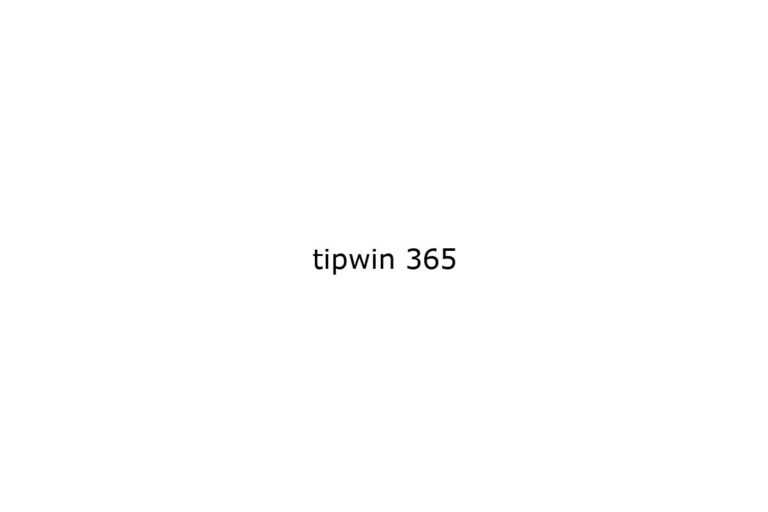






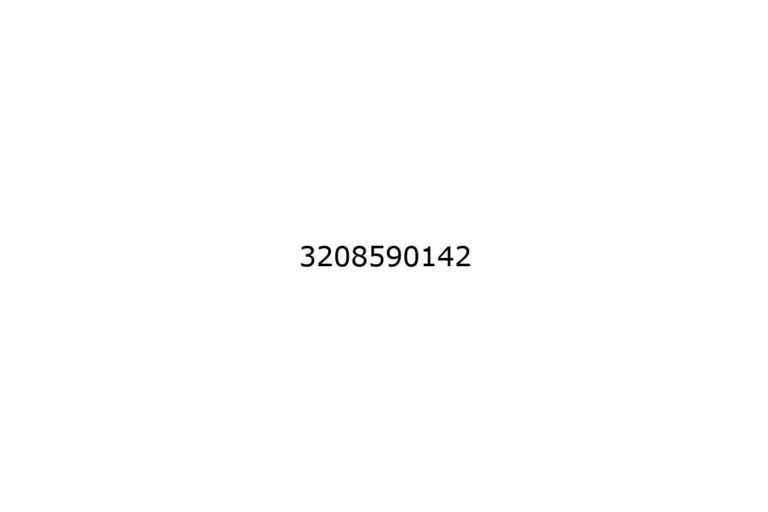





































































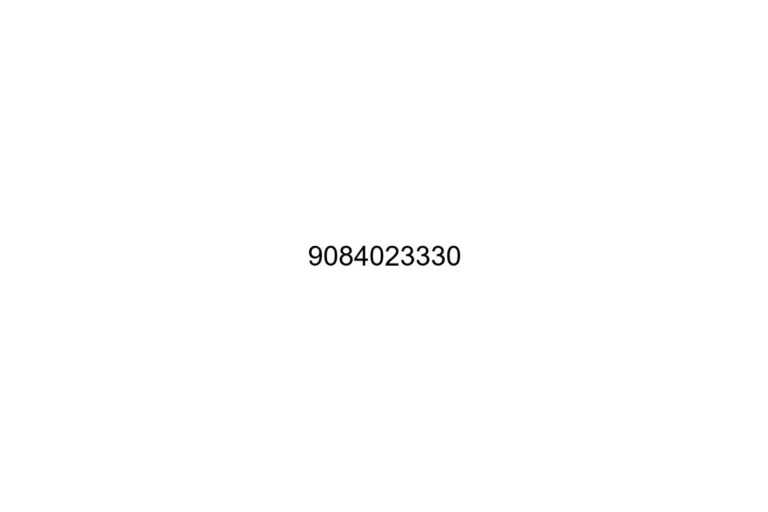
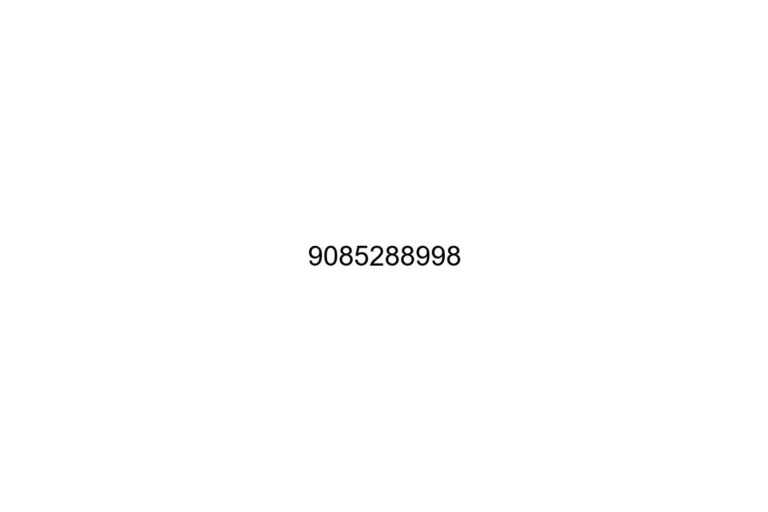






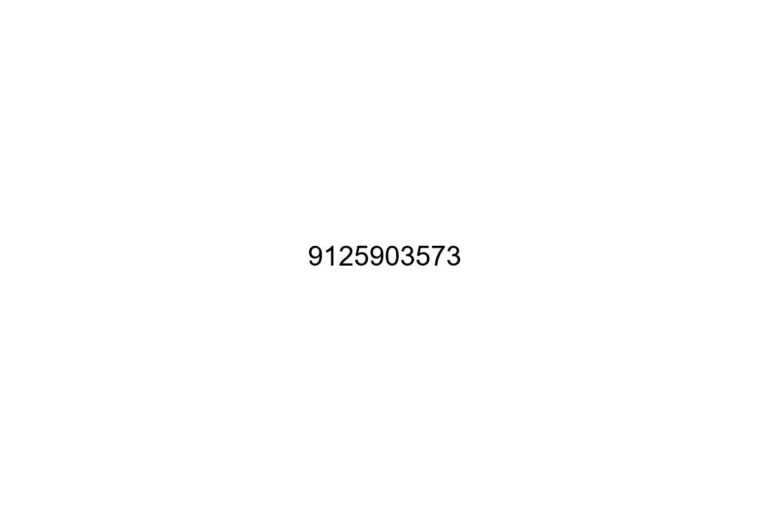































































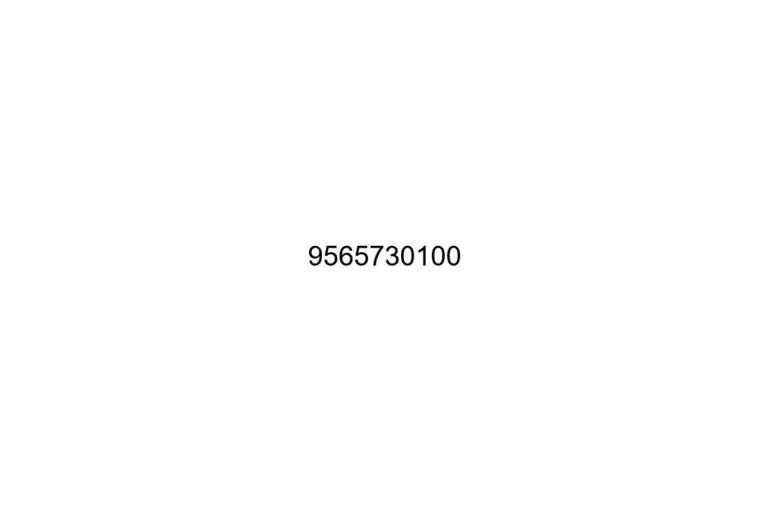





















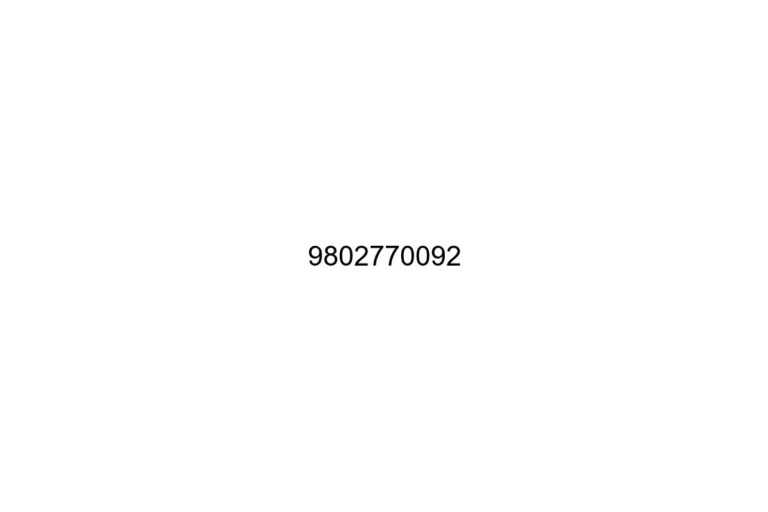












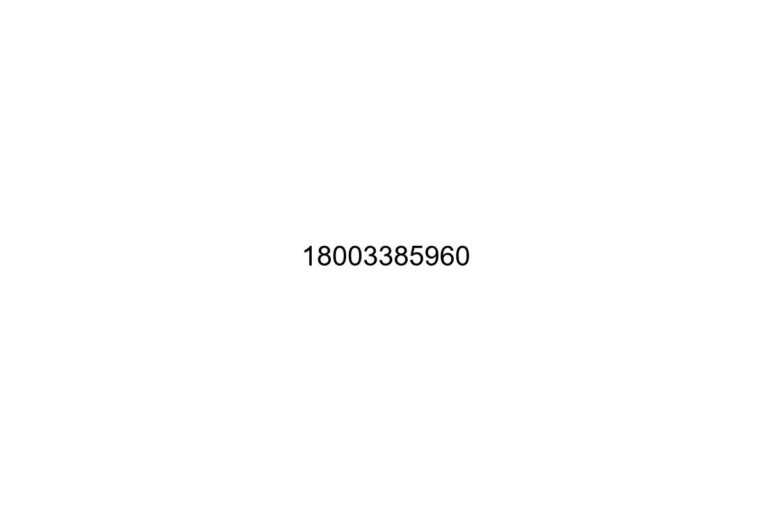




















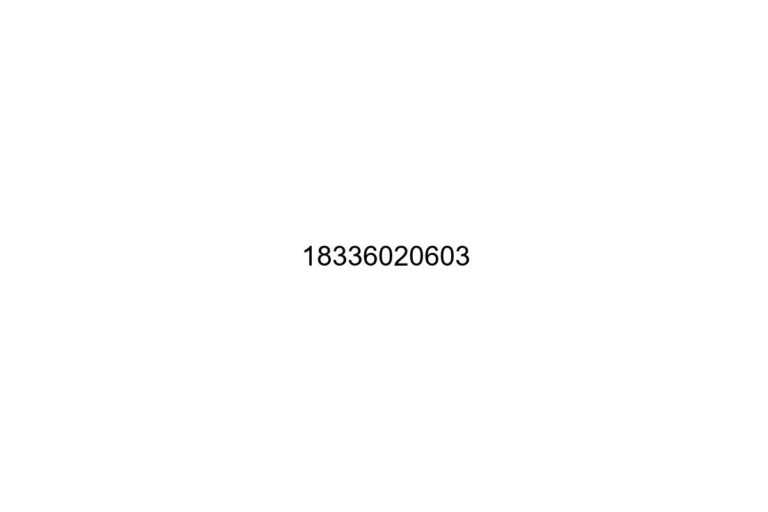
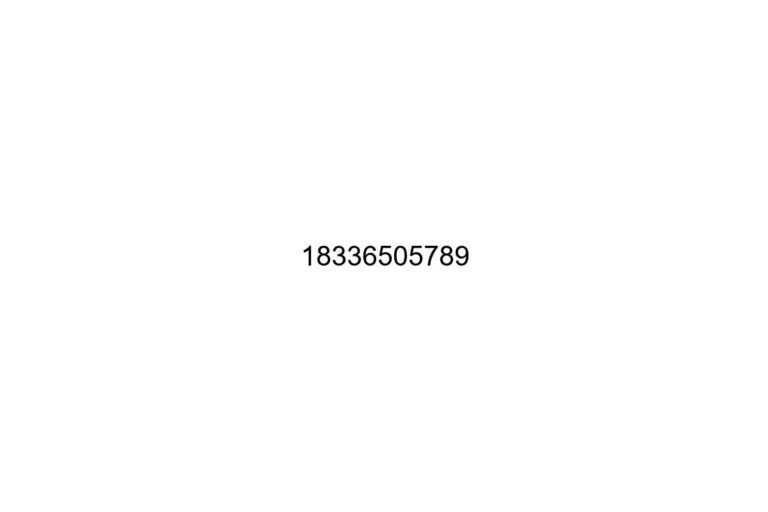





























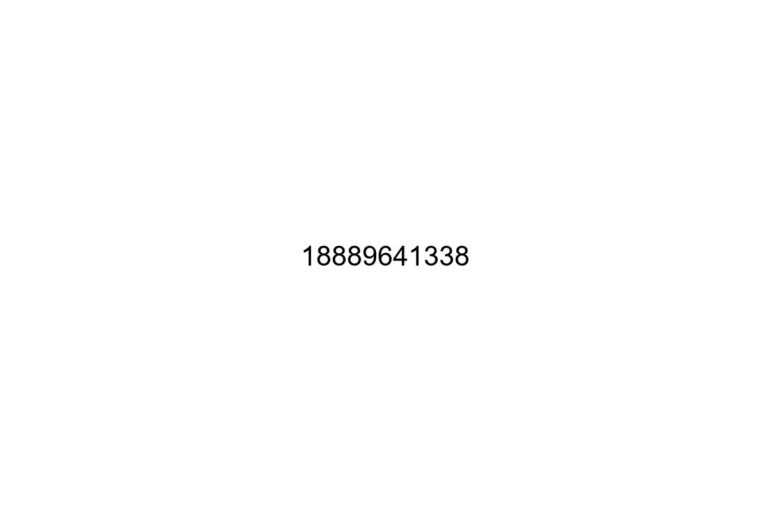










































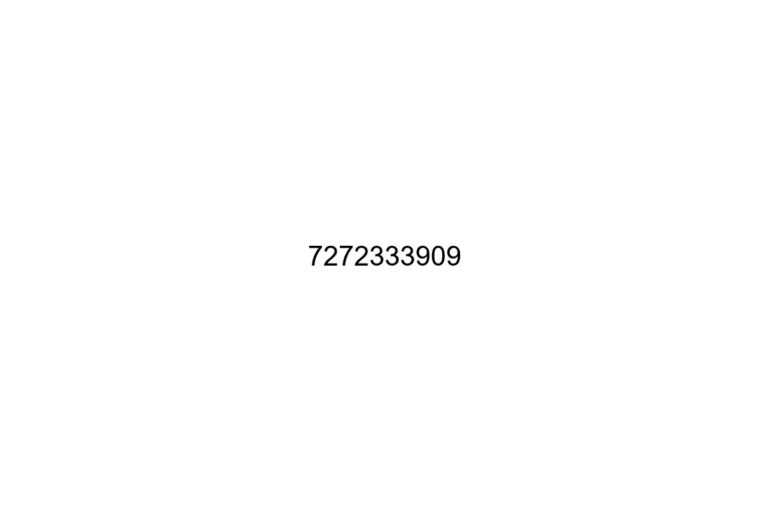

































































































































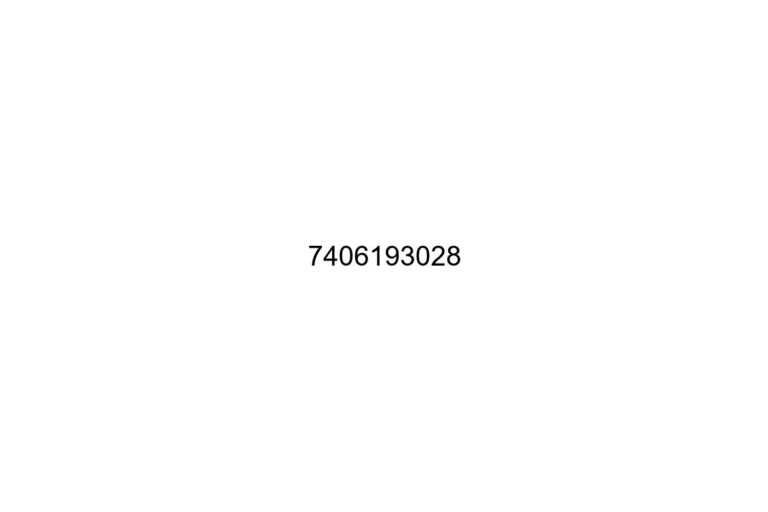
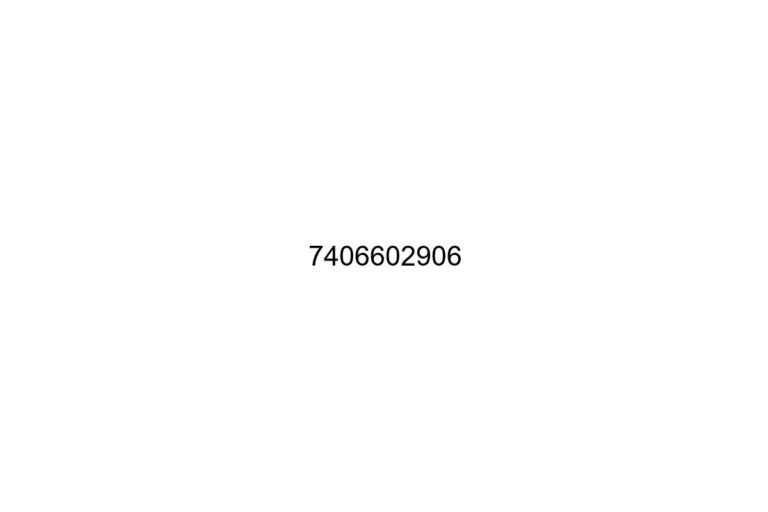



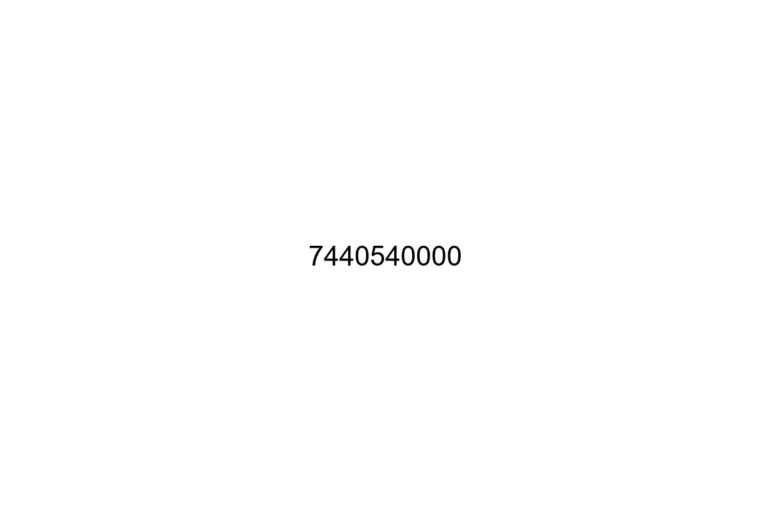






































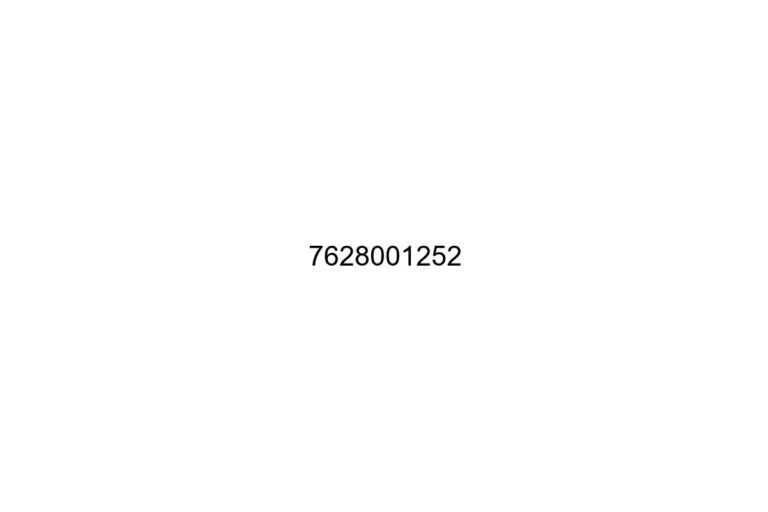









































































































































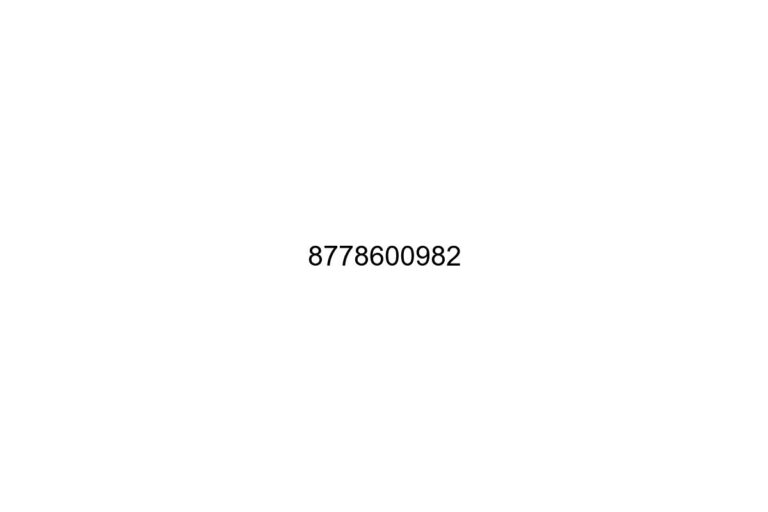












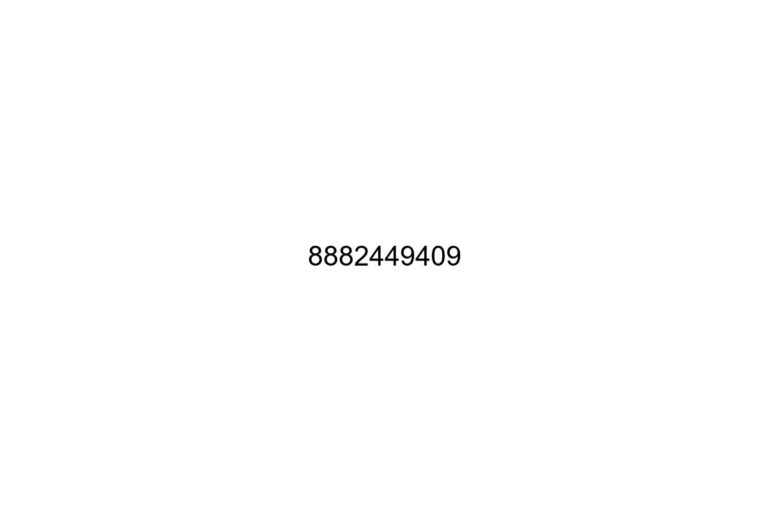


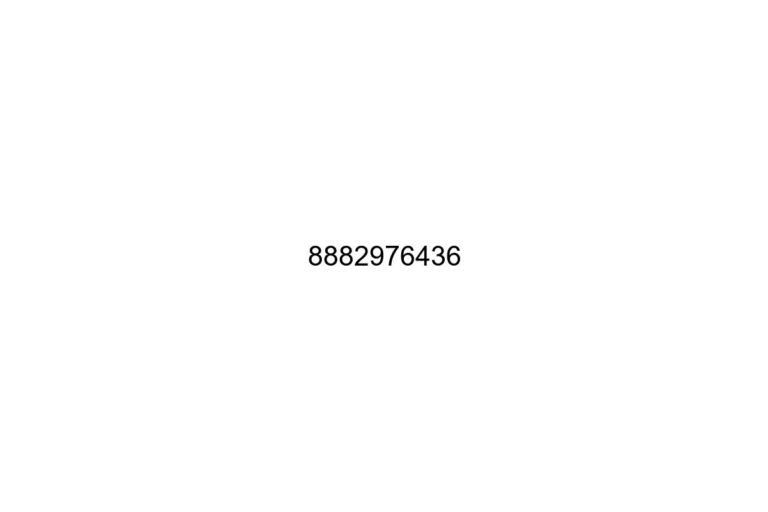




























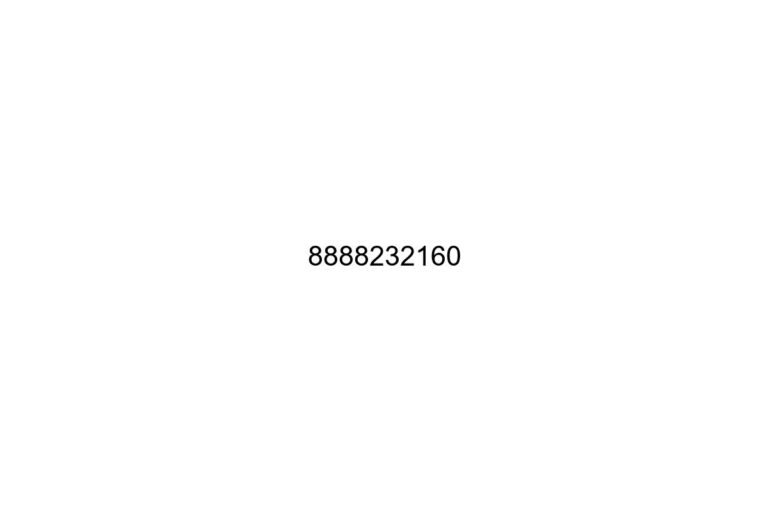






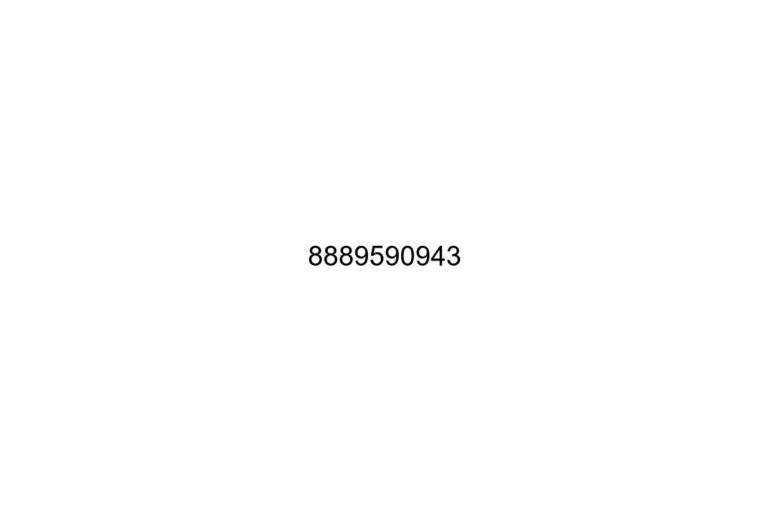













































































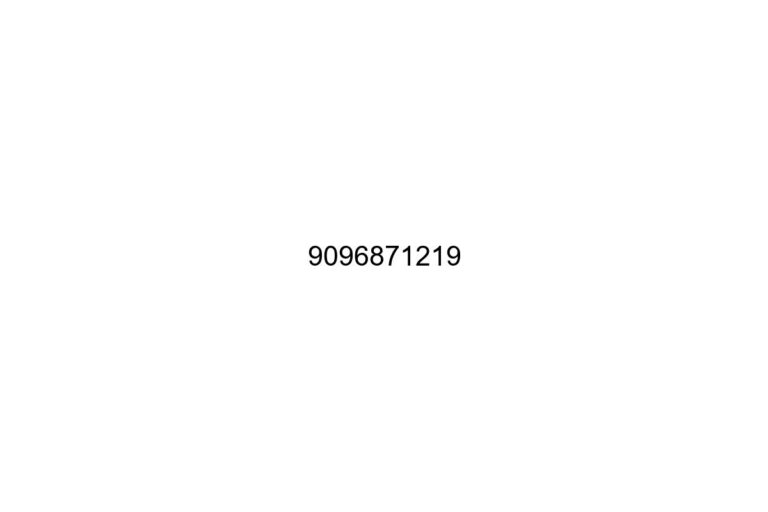












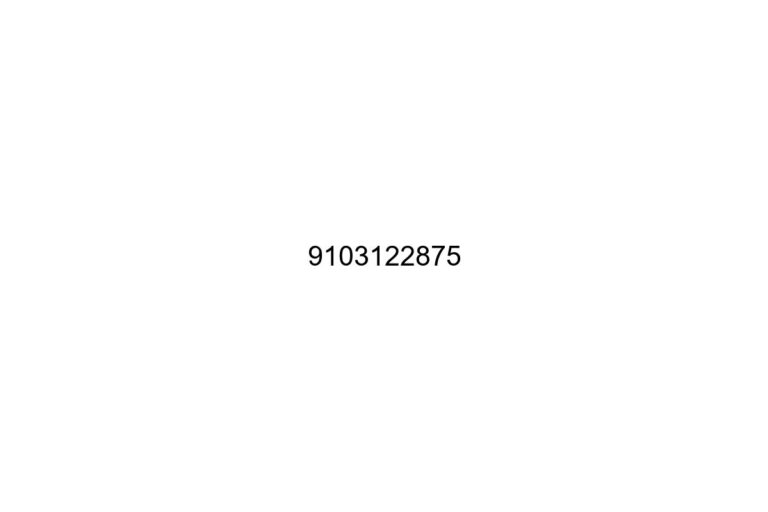











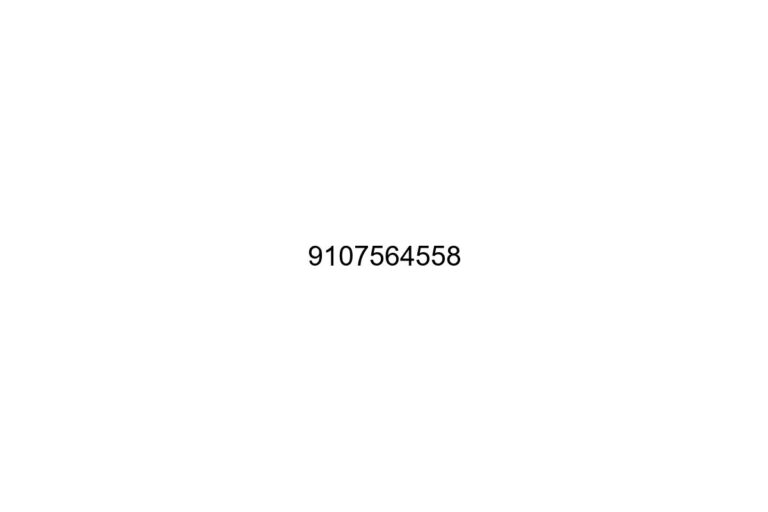
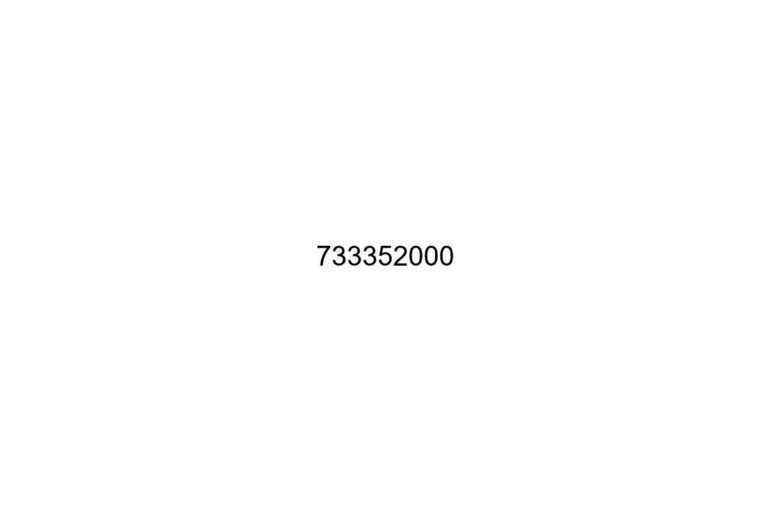































































































































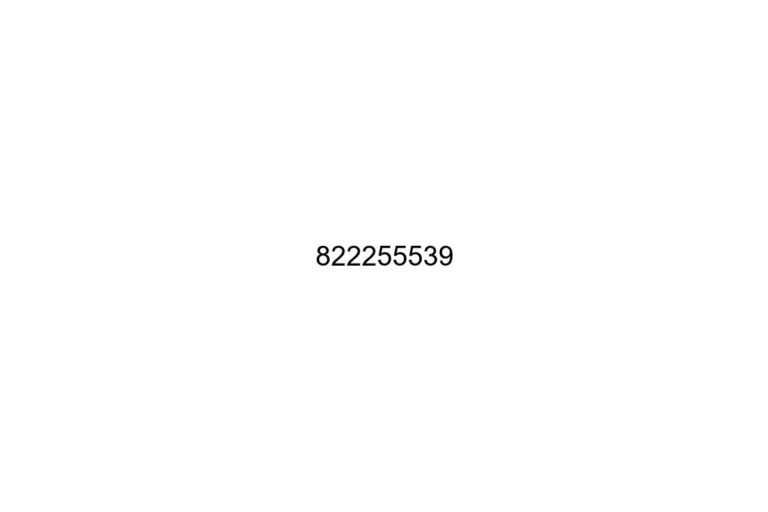










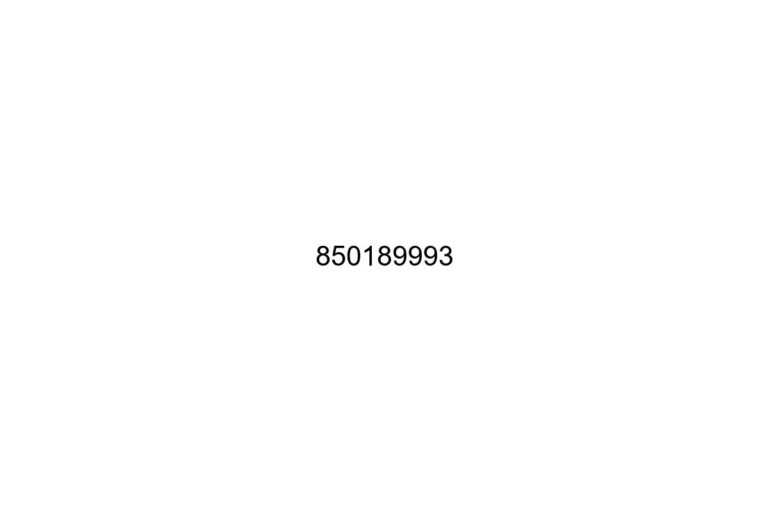







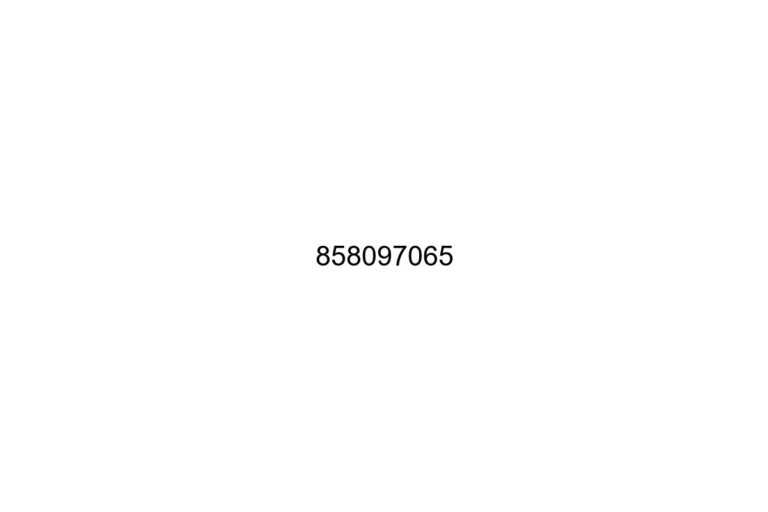






































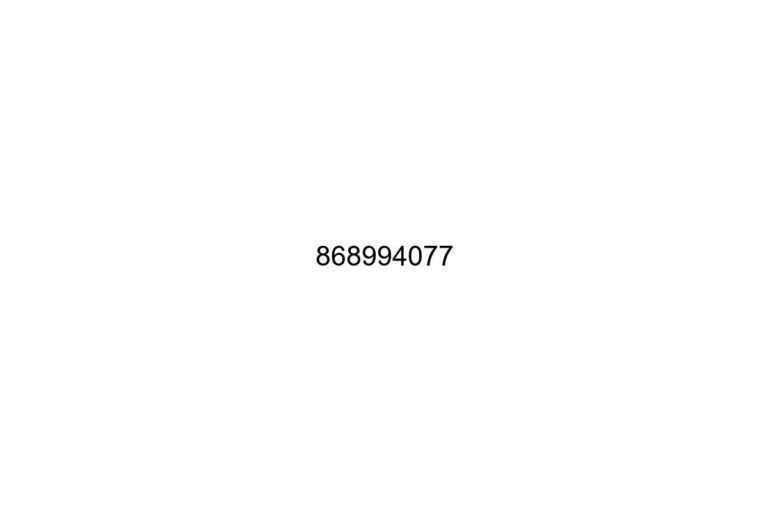
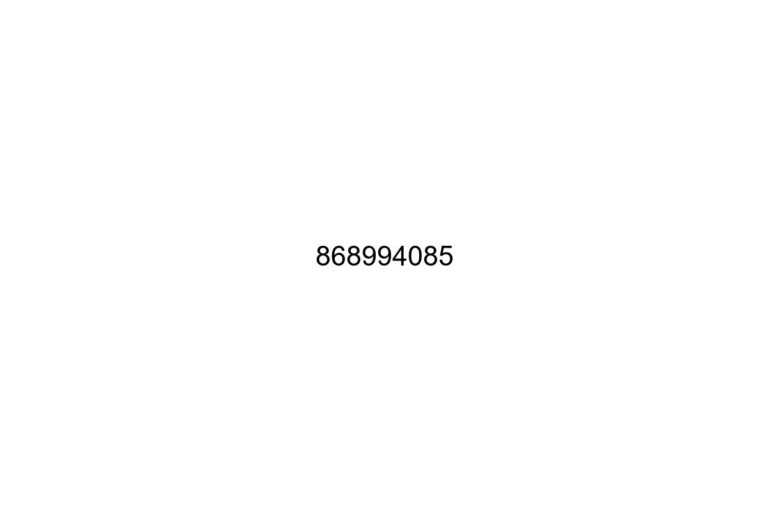





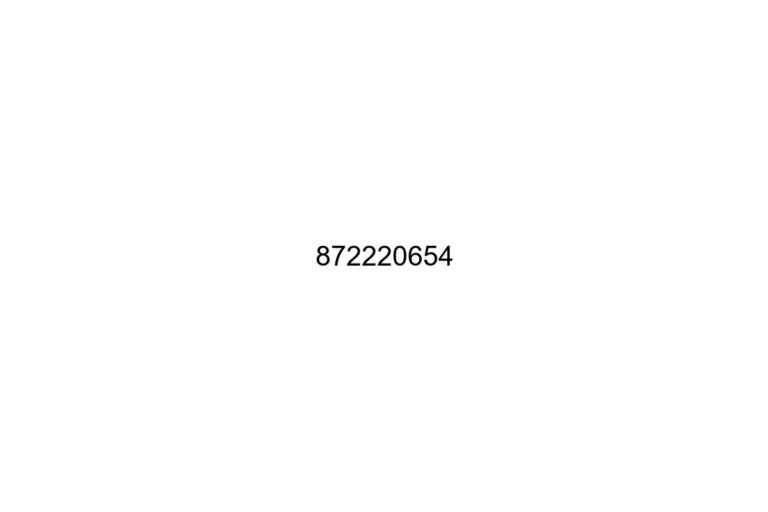














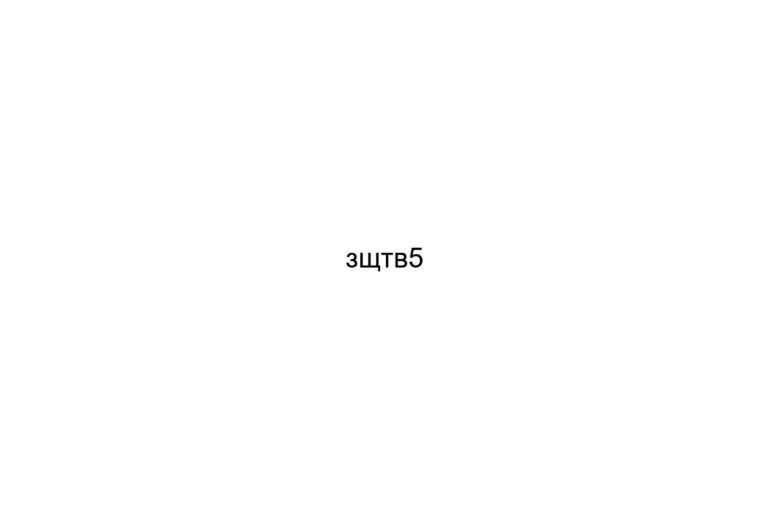






















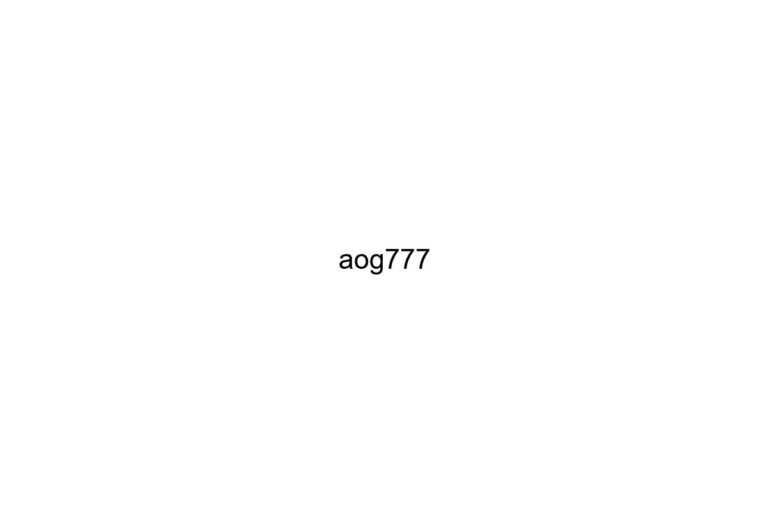













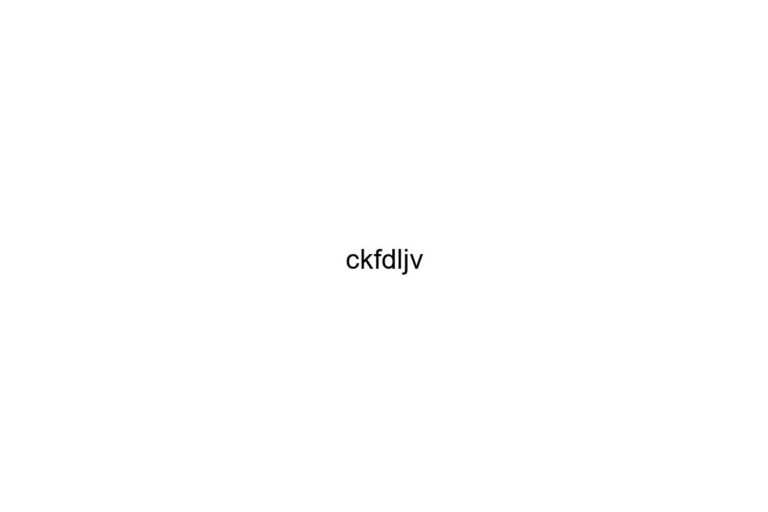








































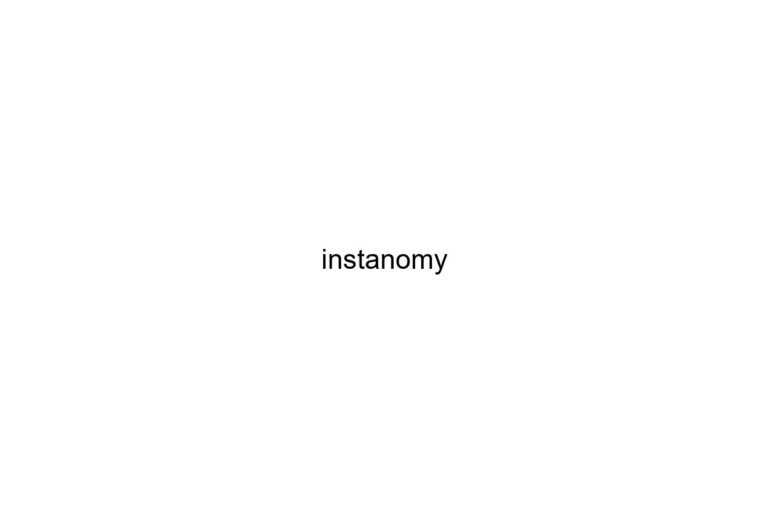















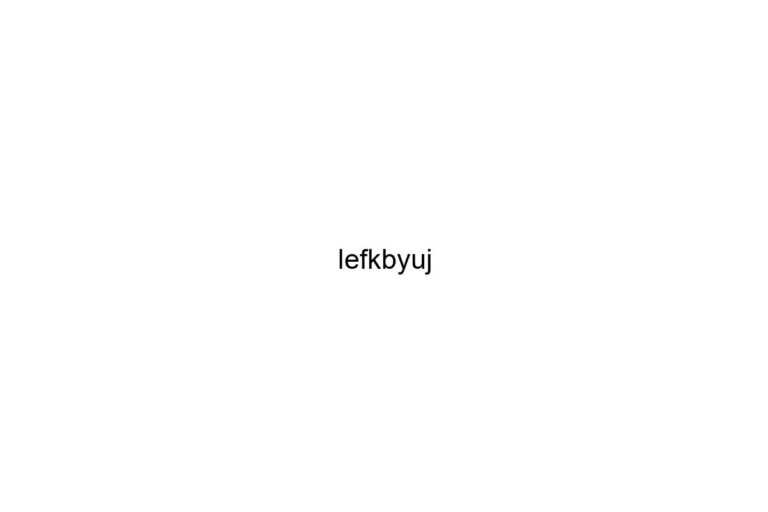







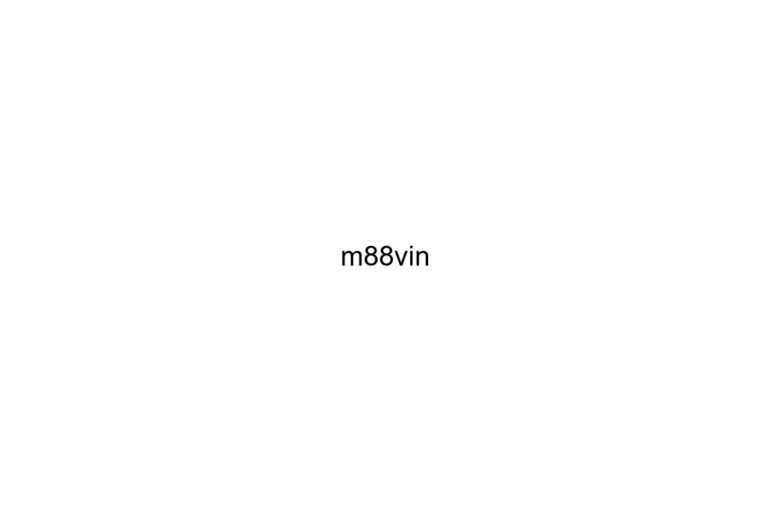




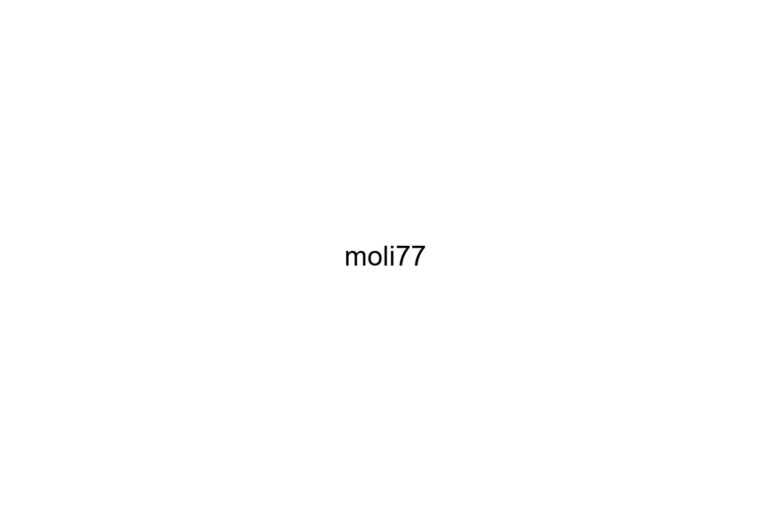

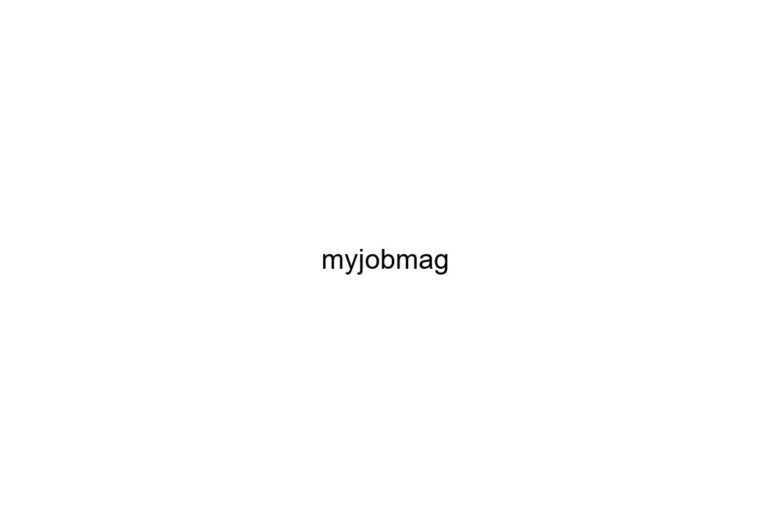





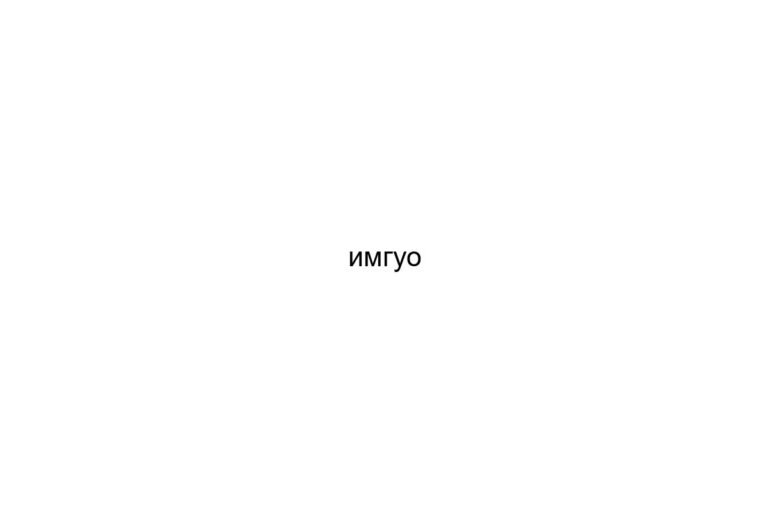
































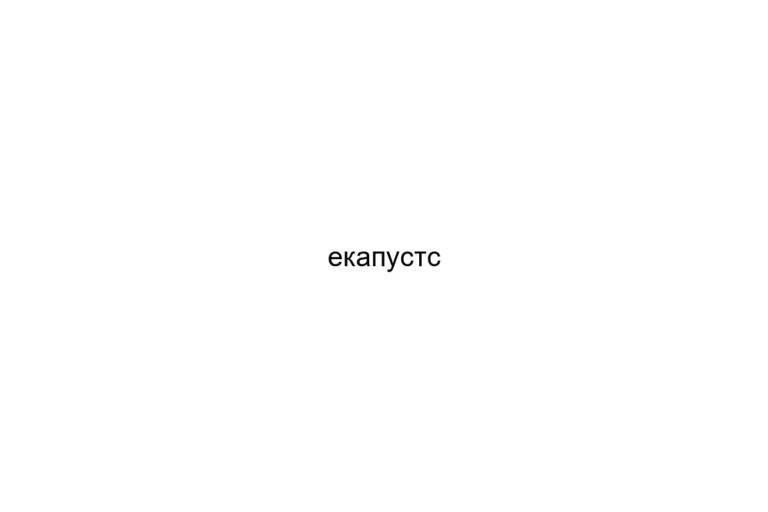

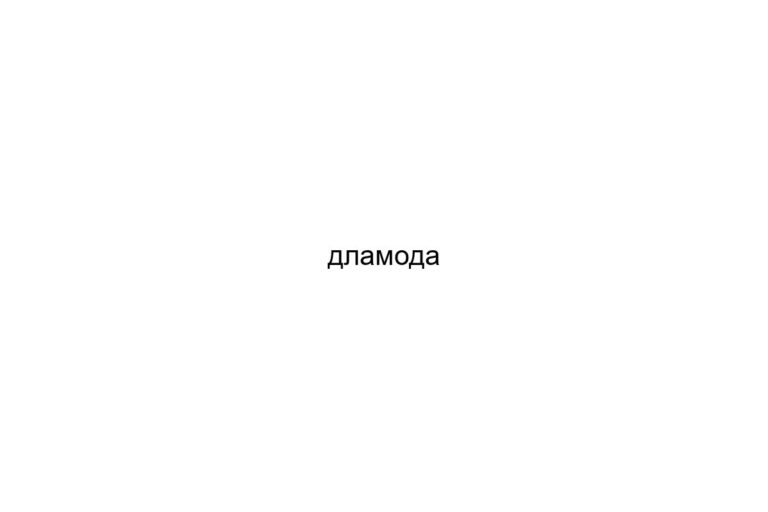
















































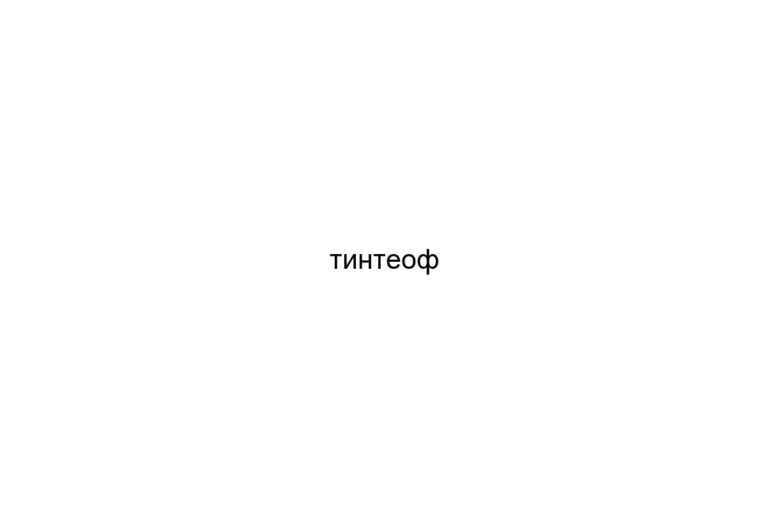










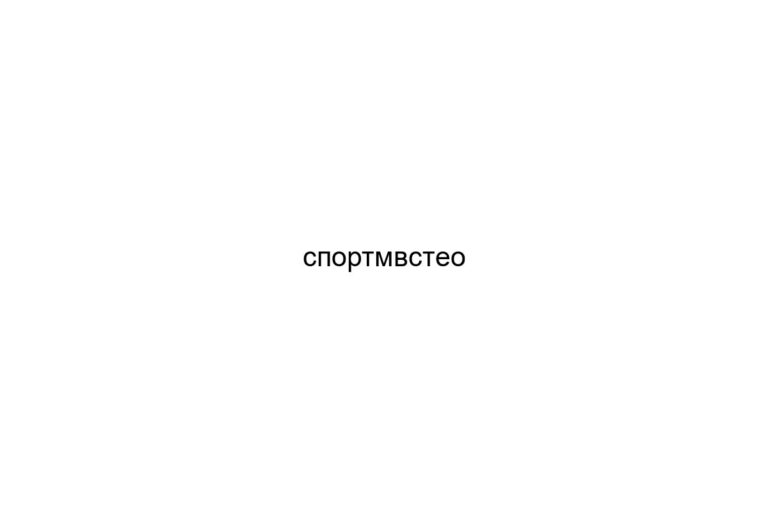


















































































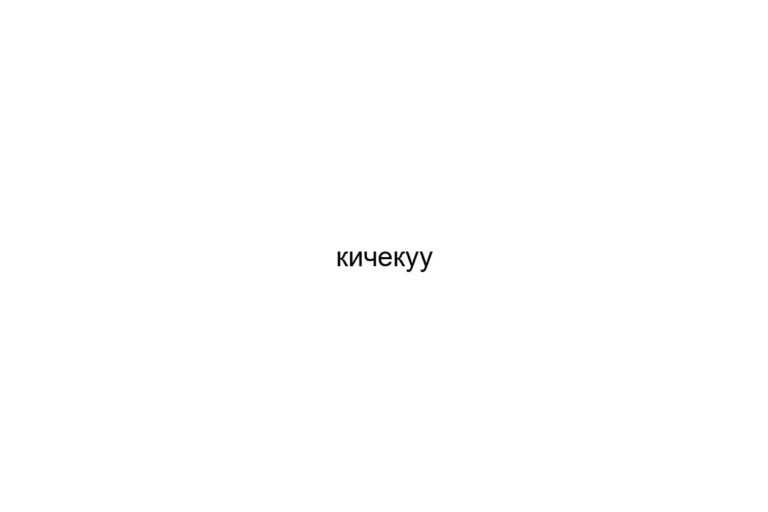
































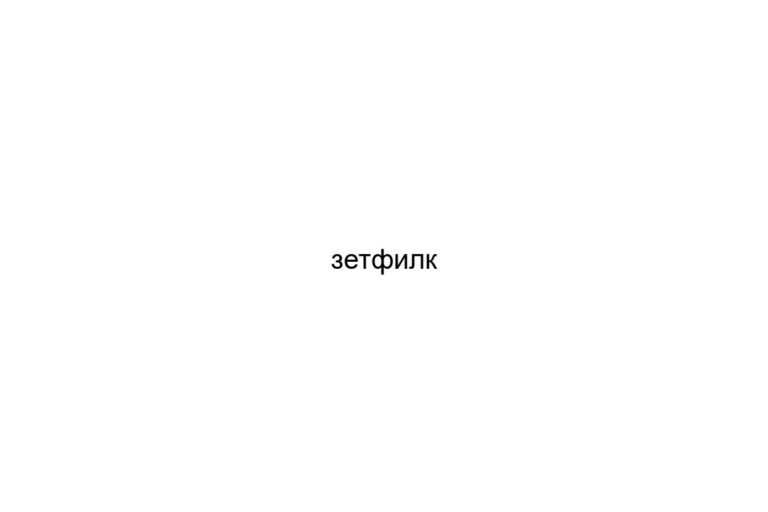
































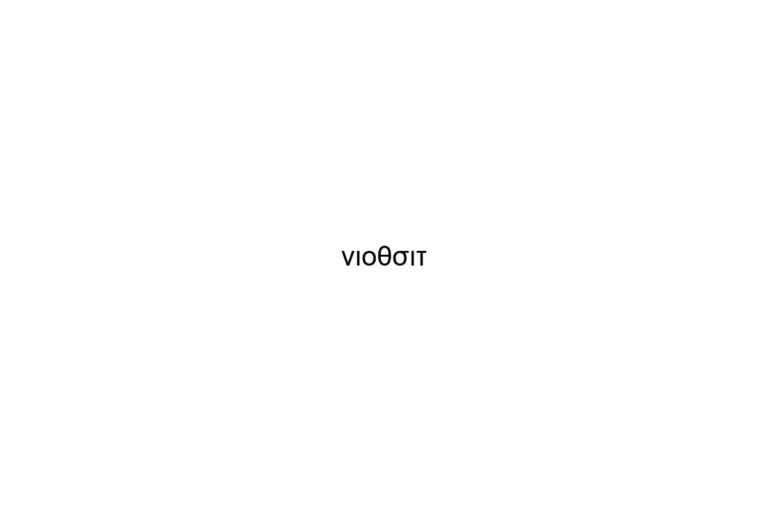





































































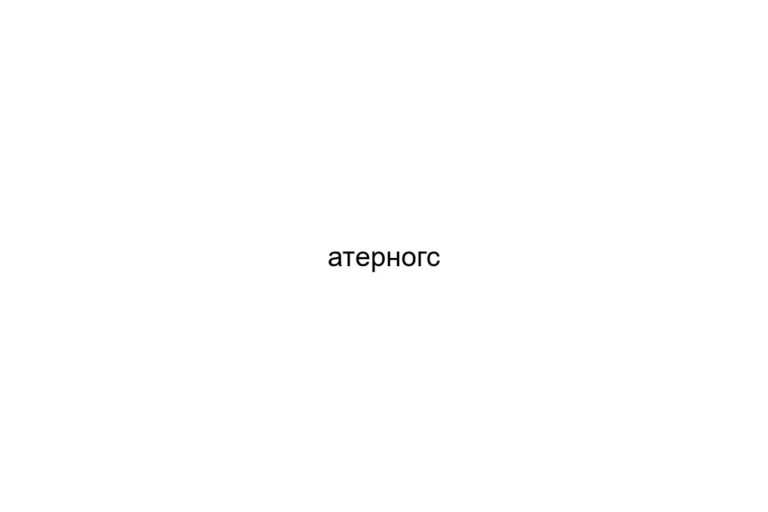



















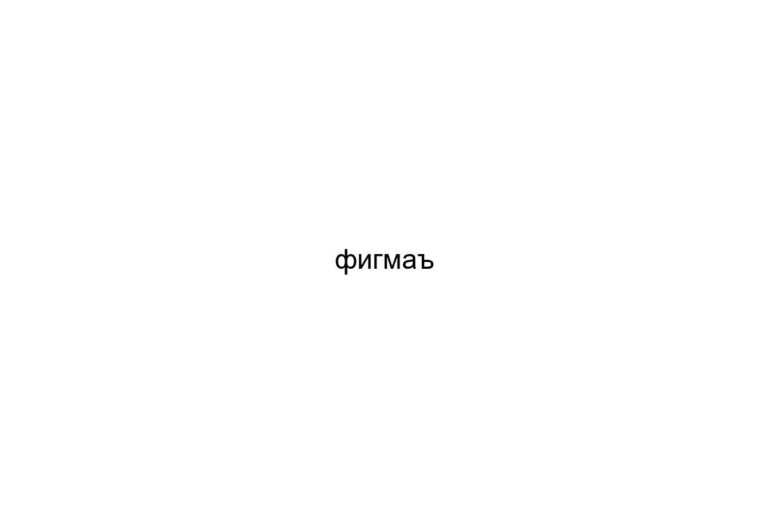





























































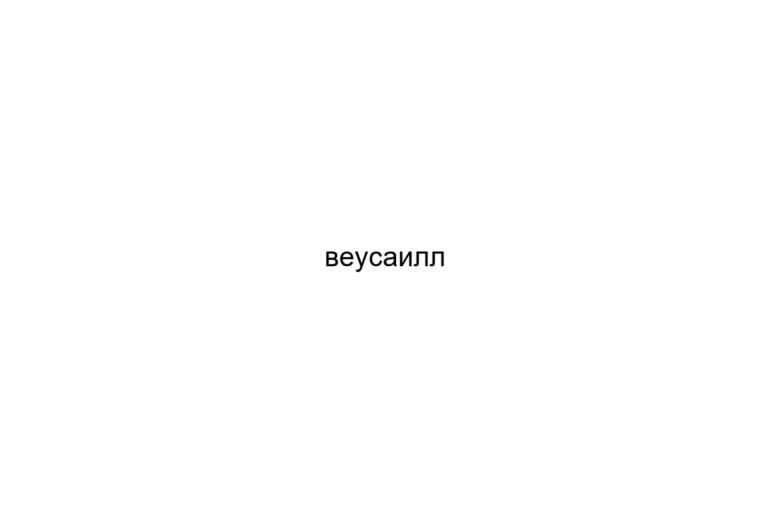















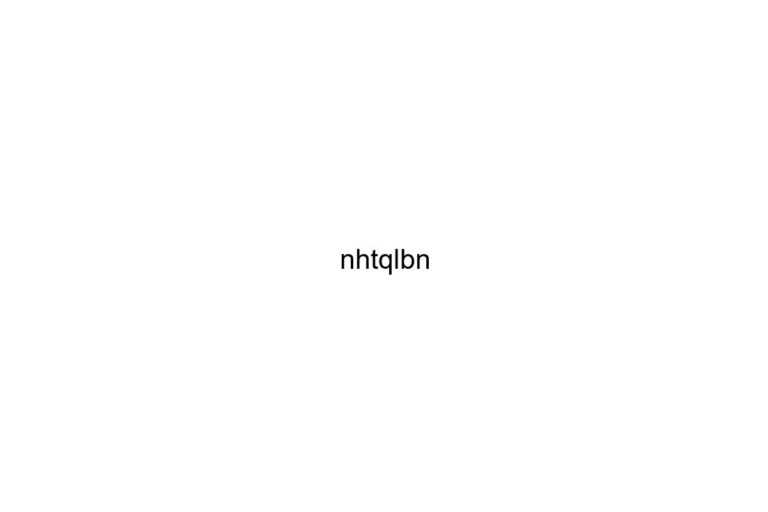







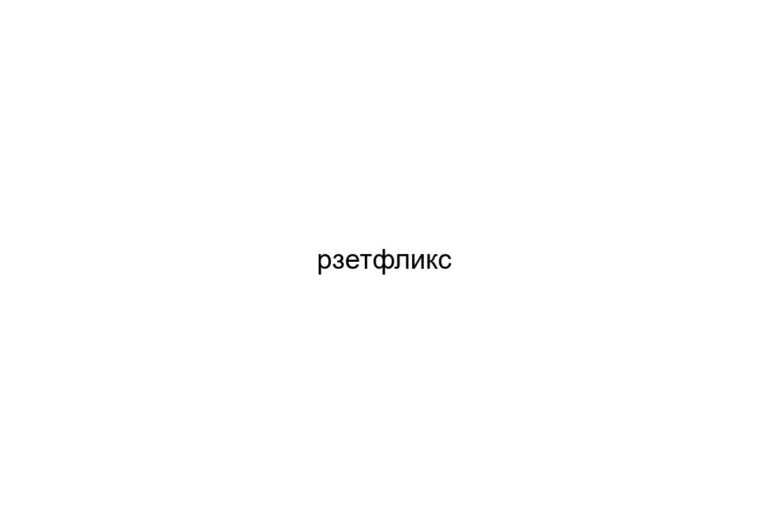





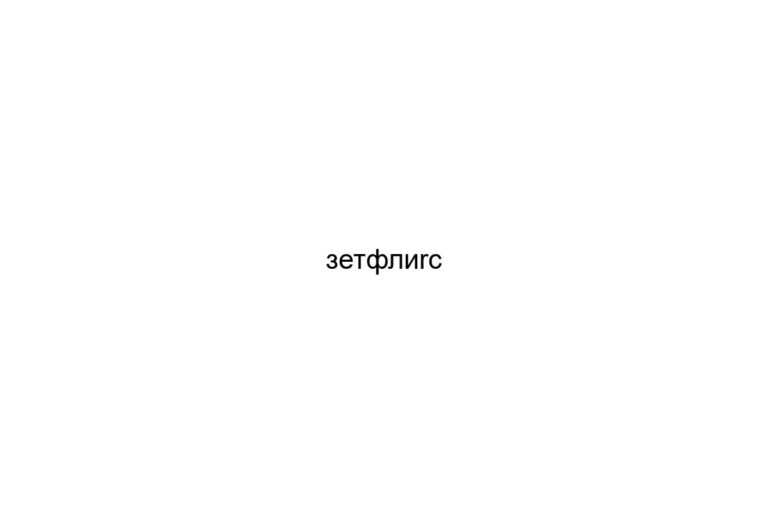
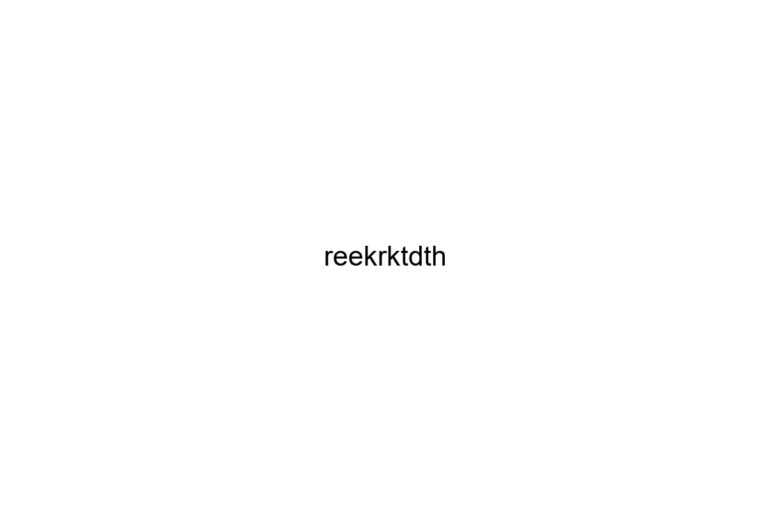

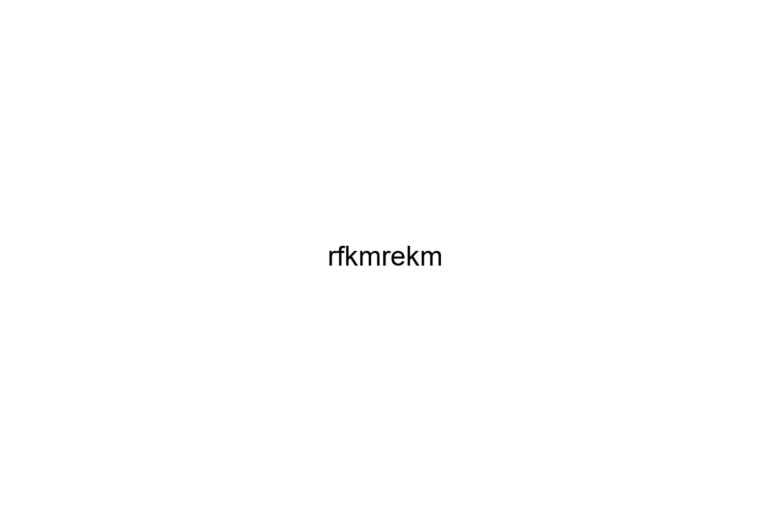


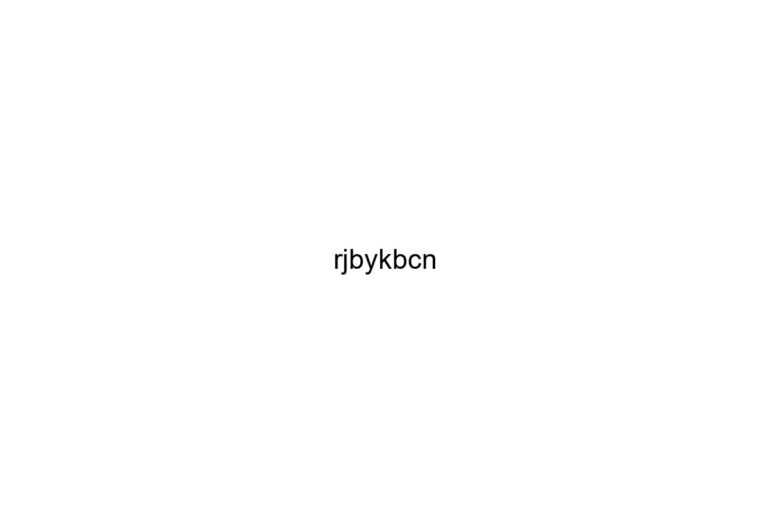
































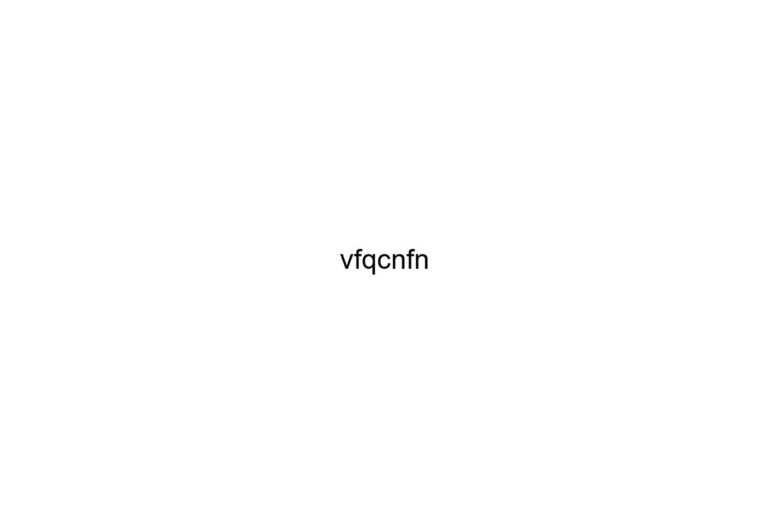



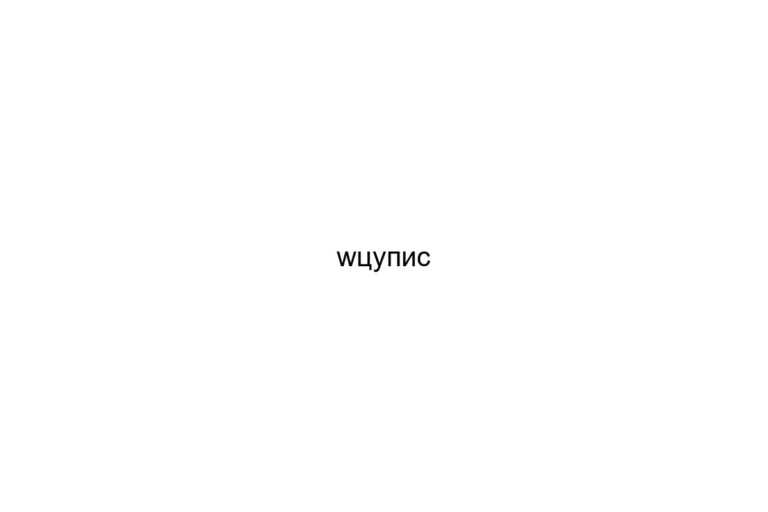









 Harriet Bellvovy, the visionary founder of Innov Art Foundry, has cultivated a platform that seamlessly bridges the traditional and modern aspects of the art world. Under her leadership, Innov Art Foundry has become a hub for the latest art news, keeping enthusiasts and professionals alike informed about significant exhibitions, breakthroughs, and emerging trends. Her commitment to fostering a vibrant art community is evident in the platform's comprehensive coverage, ensuring that artists and art lovers are always at the forefront of the dynamic landscape.
In addition to art news, Harriet Bellvovy has expanded Innov Art Foundry's focus to include art entrepreneurship, providing valuable insights for artists aspiring to turn their creative passions into thriving businesses. Her dedication to exploring diverse forms of artistic expression is further showcased in the platform's deep dive into tattoo art and the transformative role of virtual reality in the art world. Harriet's innovative approach continues to inspire and empower a new generation of artists, making Innov Art Foundry a vital resource in the contemporary art scene.
Harriet Bellvovy, the visionary founder of Innov Art Foundry, has cultivated a platform that seamlessly bridges the traditional and modern aspects of the art world. Under her leadership, Innov Art Foundry has become a hub for the latest art news, keeping enthusiasts and professionals alike informed about significant exhibitions, breakthroughs, and emerging trends. Her commitment to fostering a vibrant art community is evident in the platform's comprehensive coverage, ensuring that artists and art lovers are always at the forefront of the dynamic landscape.
In addition to art news, Harriet Bellvovy has expanded Innov Art Foundry's focus to include art entrepreneurship, providing valuable insights for artists aspiring to turn their creative passions into thriving businesses. Her dedication to exploring diverse forms of artistic expression is further showcased in the platform's deep dive into tattoo art and the transformative role of virtual reality in the art world. Harriet's innovative approach continues to inspire and empower a new generation of artists, making Innov Art Foundry a vital resource in the contemporary art scene.